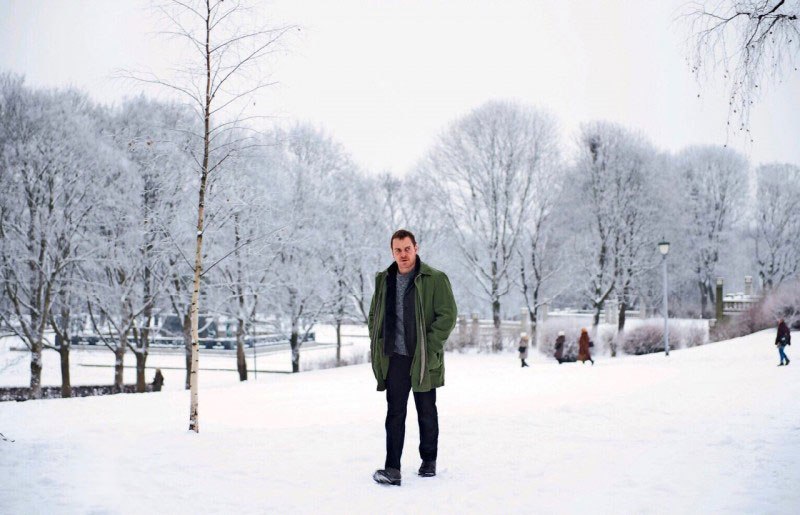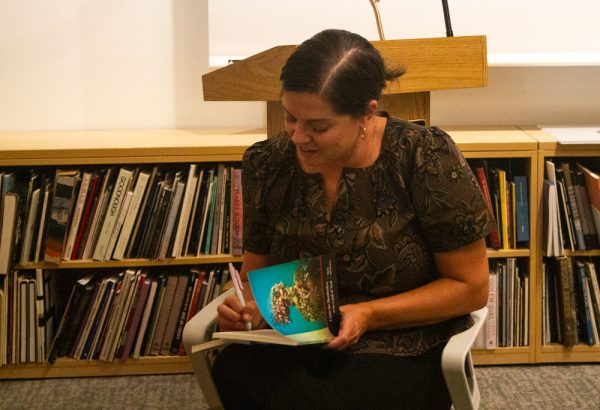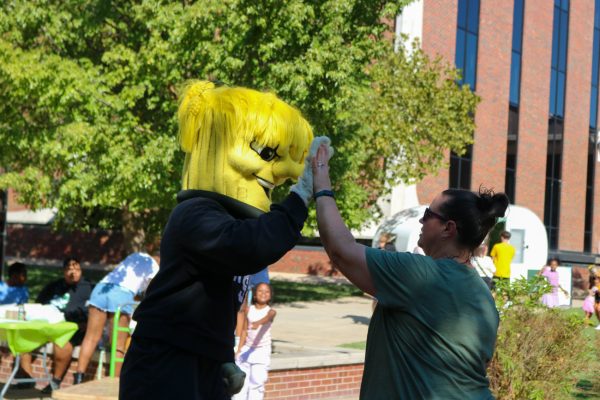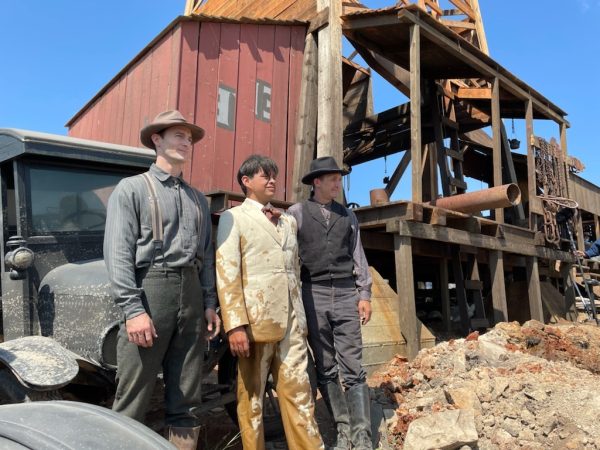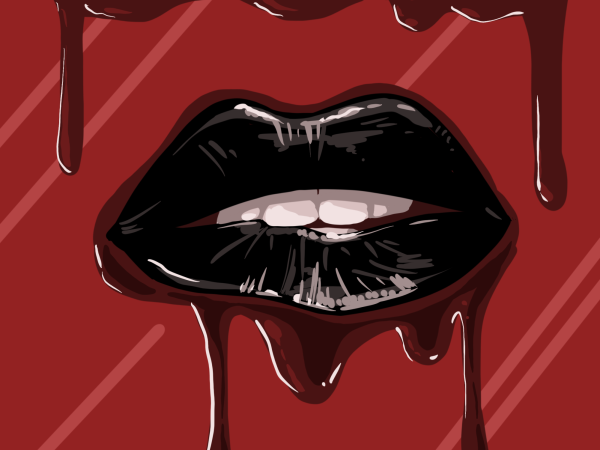‘The Snowman’ is one giant jumbled disaster
Scene from “The Snowman.”
I watch a lot of bad movies. You might have guessed that from my last couple of reviews, but as a film critic, I experience the full gamut of quality in modern (and popular) filmmaking. In most films, a keen eye can pinpoint where the film faltered: the stiff acting, haphazard editing, a plot that stumbles over itself.
“The Snowman” suffers from these symptoms, but its flaws run deeper than the elements that construct it. It is a strange film, not because of content, but because of its existence. How did this get made? How did it pass through so many hands and still get released? How did it squander this much talent?
“The Snowman” is, ostensibly, a film based on a novel by Jo Nesbø, a Norwegian writer whose series of novels follow grizzled detective Harry Hole as he tracks various killers across the frozen Norwegian landscape. Ostensibly is the operative word here, because after watching the film, I’m not completely sure what it was about.
“The Snowman” is the seventh in this book series, centering around a serial killer who calls himself “The Snowman” because of the childish snowman he leaves at the scene of each crime. It’s an idea that works better on the page than on the screen, because on the page, the reader can rely on his or her infinitely terrifying imagination in proxy of an actual image. On the screen, this attempt at a ghastly diorama falls completely flat. Snowmen, by their nature, have a tough time invoking fear, and the snowmen present in this movie don’t effectively change that idea. Each time a snowman appeared on screen, it was met with hushed snickering from the audience. How can a thriller work if the central motif doesn’t terrify or thrill?
Furthermore, these types of films operate on the understanding that the killer has a streak of humanity in him — an idea that allows the audience to subconsciously empathize with the antagonist, providing a deeper vein of fear to mine. The Snowman’s attempt at this idea is half-baked and poorly implemented, leaving viewers confused and underwhelmed.
The film is instead a disjointed medley of sloppy images and dialogue, something more akin to a novice’s attempt at channeling impressionist techniques through film than a cohesive narrative. Plot threads are picked up and dropped at a moment’s notice; character arcs are left unresolved and decaying on the screen; any attempt at emotional resonance is hackneyed and hollow. Characters, at their best, are tropes, and at their worst, little more than brief sketches on the screen.
Beyond all of this, what’s truly mind-boggling is the amount of talent present both behind and in front of the camera. Michael Fassbender plays Harry Hole, the lead detective on the case. He’s supported by his vengeful partner, played by Rebecca Ferguson, and J.K. Simmons shows up as a morally compromised politician vying for Oslo to host the Winter World Cup. But it’s all for naught because the narrative is lost in some truly terrible editing and direction by some truly talented craftsmen.
Tomas Alfredson (Tinker Tailor Soldier Spy) directs and Martin Scorsese is credited as an executive producer, so what went wrong? Supposedly, 15 percent of the script wasn’t even filmed, which becomes obvious in watching the picture. But it belies a bigger question: why was something this bad released in the first place? A simple explanation is an attempted recoup of financial losses, but even that outlook seems overly optimistic at best.
It seems indicative of a bigger problem with the Hollywood landscape: valuing profit over narrative. If the producers had gone back to the drawing board, assessed the damage, and filmed what they needed to, they might not be in this mess. Instead, what’s left is a jumbled disaster of a film, with the audience suffering for the mistakes of the men and women in charge.



